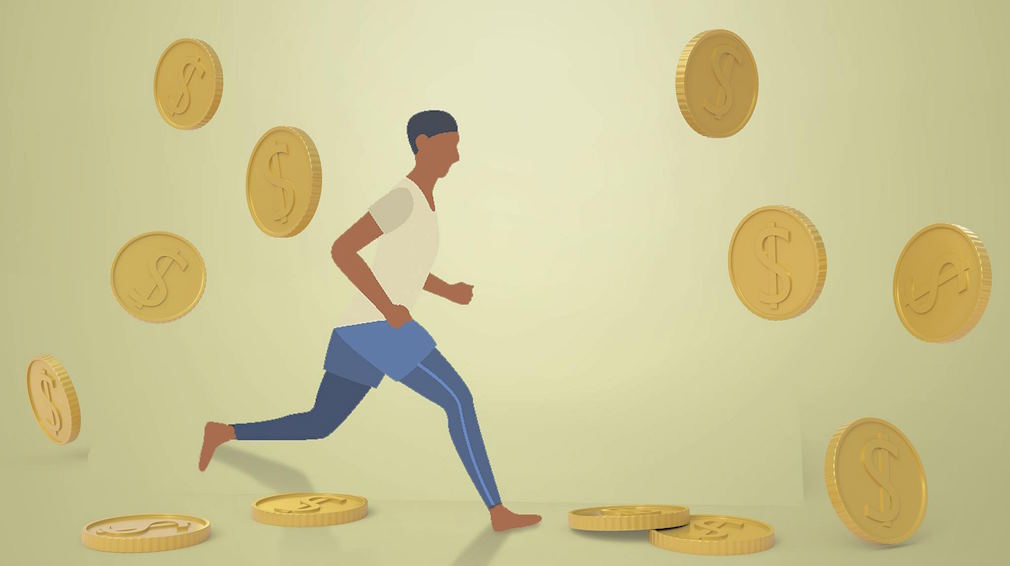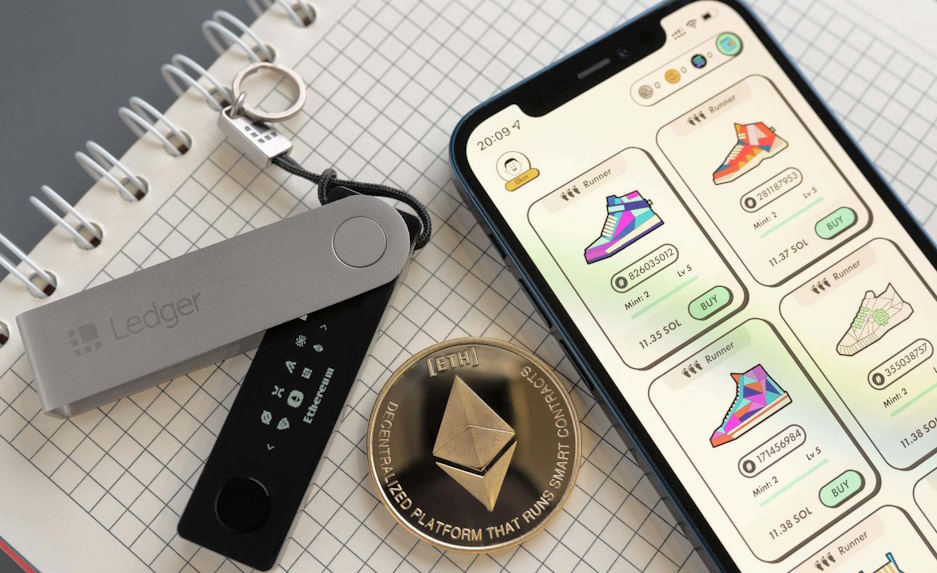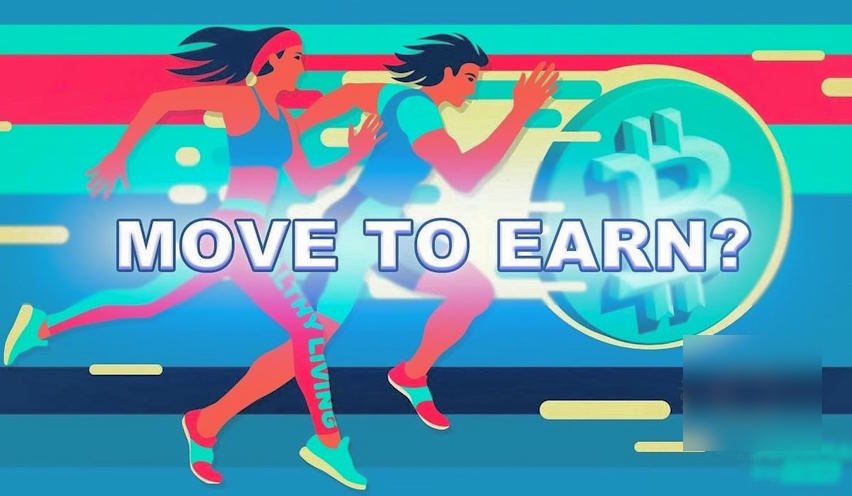In the realm of gaming, where pixels meet passions and virtual worlds become thriving economies, the emergence of Move-To-Earn NFT games marks a revolutionary juncture. These games stand as a testament to the transformative potential of blockchain technology and Non-Fungible Tokens, offering players not just a digital escapade but a genuine avenue for earning and ownership. As the allure of acquiring rare assets and accruing digital wealth intertwines with the intricacies of player psychology, the significance of understanding the motivations that propel individuals to engage with these novel gaming experiences becomes increasingly evident.
Exploring the Elements of Move-To-Earn NFT Games
Core Mechanics of Move-To-Earn Games
Move-To-Earn NFT games introduce a captivating fusion of interactive gameplay and economic opportunity, underpinned by distinct core mechanics. At their heart lies a compelling gameplay loop that intertwines movement and earnings. Players are incentivized to engage physically or virtually within the game’s environment, translating their actions into tangible rewards. This synergy between motion and acquisition not only enhances immersion but also turns gaming sessions into productive endeavors.
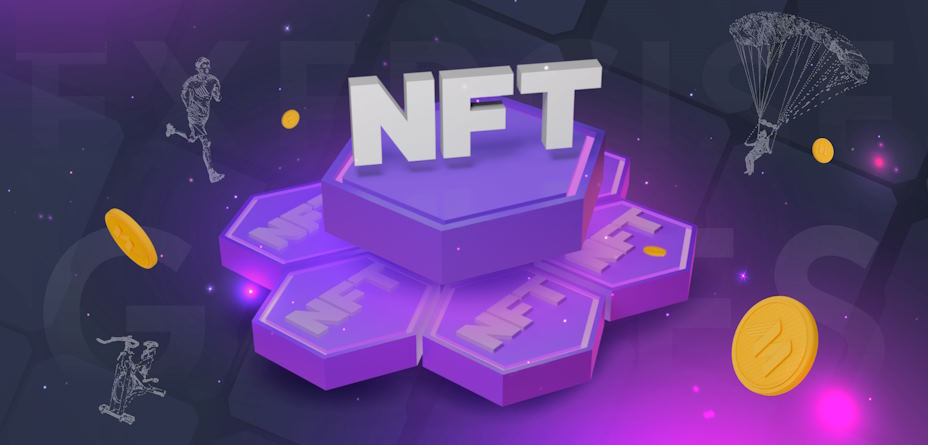
Furthermore, the tokenization of in-game assets and activities stands as a defining feature. By converting virtual items, achievements, and experiences into NFTs, these games enable players to own and trade their digital possessions, bridging the gap between virtual and real-world value. This innovative integration reshapes the traditional understanding of ownership, allowing players to form deeper connections with their in-game achievements.
NFT Ownership and Its Psychological Effects
The psychological impact of NFT ownership within Move-To-Earn games is profound. A heightened sense of ownership emerges as players possess unique digital assets backed by blockchain technology. This sense of ownership extends beyond the virtual realm, fostering a connection to the assets they earn and trade.
Rarity and exclusivity play a significant role in driving player motivation. The limited availability of certain NFTs imbues them with rarity, making their possession a symbol of distinction and accomplishment. The exclusivity factor amplifies players’ desire to engage with the game, striving to acquire and showcase these prized assets to their peers. This blend of ownership, rarity, and exclusivity triggers a psychological pull, compelling players to invest time, effort, and even financial resources into the game to attain these coveted rewards.
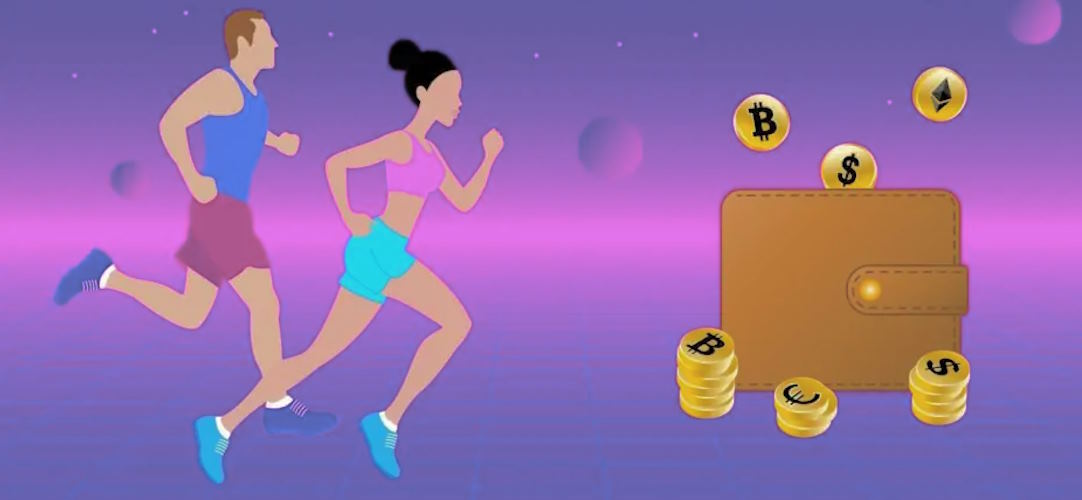
Designing for Player Motivations in Move-To-Earn NFT Games
Creating captivating Move-To-Earn NFT games that resonate with players’ motivations requires a meticulous blend of game design and psychological insight. Here, we delve into key strategies that game developers employ to craft immersive experiences tailored to player motivations.
Tailoring Game Mechanics to Align with Motivation Theories
Integrating motivation theories into game mechanics is paramount. Design choices that foster a sense of autonomy, mastery, and purpose can amplify player engagement. Allowing players the freedom to choose their paths, providing opportunities for skill development, and aligning in-game objectives with their real-world aspirations creates a compelling synergy.
Incorporating Both Competitive and Cooperative Elements
Balancing competitive and cooperative gameplay elements enriches the gaming experience. Competitive challenges tap into players’ desire for recognition and achievement, while cooperative features foster social bonds and shared accomplishments. A delicate equilibrium between these aspects fosters a diverse range of motivations, accommodating various player preferences.
Promoting a Healthy and Balanced Gameplay Experience
While the pursuit of in-game rewards is central, maintaining a healthy gameplay experience is paramount. Game mechanics should incentivize sustainable engagement, discouraging excessive and compulsive behaviors. Developers can implement mechanisms that reward consistent participation and set limits to prevent burnout.

